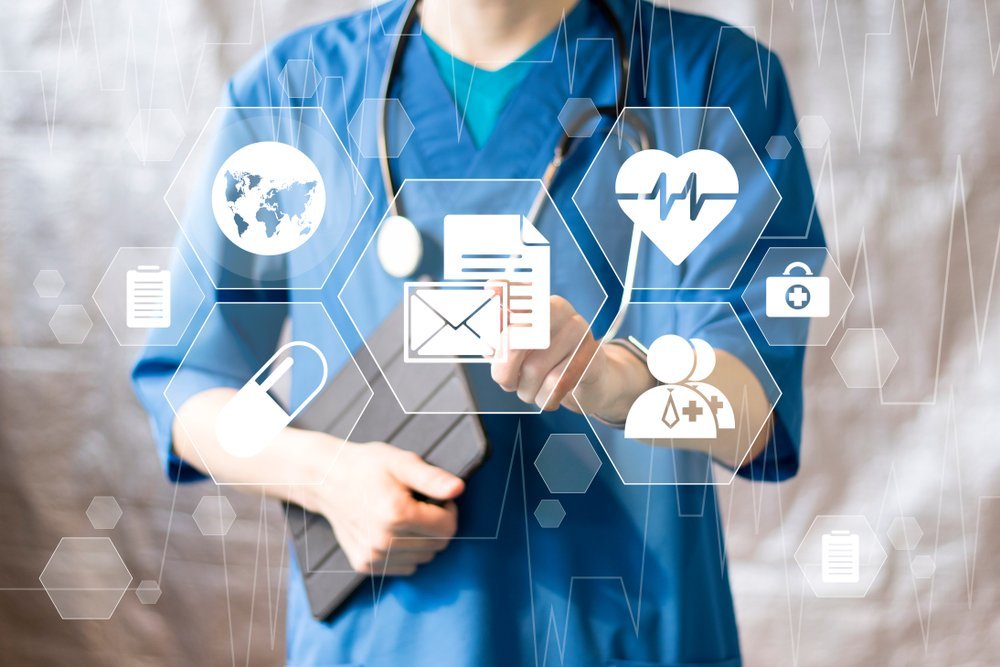Emergency Medical Services (EMS) play an essential role in providing timely and efficient care to those in need of it. Electronic Patient Care Report (EPCR) software has become an indispensable resource for these EMS professionals, aiding their ability to record, analyze, and share vital data efficiently. In this blog post, we’ll examine which features should be included within EPCR software to ensure optimal patient care and operational efficiency.
Real-Time Analytics
One of the primary considerations for medical services when selecting EPCR software is its ability to provide real-time analytics. In emergency situations, every second counts, and having access to live data enables EMS professionals to make informed decisions promptly. Real-time analytics allow for the monitoring of vital signs, medication administration, and other critical patient information. This feature not only enhances patient outcomes but also aids in the continuous improvement of emergency response protocols through data-driven insights.
Streamlined Communications for Enhanced Coordination
Effective communication is the backbone of successful emergency response. EPCR software that facilitates seamless communication among EMS personnel, hospitals, and other healthcare providers is highly sought after. Features like integrated messaging systems and real-time updates ensure that everyone involved in a patient’s care is well-informed. This streamlining of communication enhances coordination, reduces errors, and ultimately contributes to more effective and collaborative healthcare delivery.
Easily Import CAD Information for Efficient Data Transfer
Efficiency is key in emergency situations, and medical services prioritize EPCR software that seamlessly integrates with Computer-Aided Dispatch (CAD) systems. The ability to import CAD information directly into the electronic patient care report eliminates the need for manual data entry, reducing the risk of errors and saving valuable time. This integration ensures that critical details about the incident, such as location, nature of the emergency, and dispatch information, are readily available to EMS professionals as they initiate patient care.
Compatibility with Mobile Devices
In the dynamic environment of emergency medical services, mobility is non-negotiable. EPCR software that is compatible with mobile devices, such as tablets and smartphones, empowers EMS professionals with the flexibility to access and update patient information on the go. This mobility is especially crucial during patient transport, allowing for real-time documentation and communication. Mobile compatibility ensures that vital patient data is at the fingertips of EMS personnel, contributing to more efficient and responsive care.
NEMSIS and HIPAA Compliance
The protection of patient information is paramount in healthcare, and EPCR software must adhere to the highest standards of security and compliance. National EMS Information System (NEMSIS) compliance ensures standardized data reporting, promoting interoperability and data consistency across different EMS agencies. Additionally, compliance with the Health Insurance Portability and Accountability Act (HIPAA) safeguards patient confidentiality and privacy. Medical services prioritize EPCR software that meets these compliance standards, ensuring the secure handling of sensitive patient data.
Conclusion
In the fast-paced and high-stakes world of emergency medical services, the right EPCR software can make a significant difference in patient outcomes and operational efficiency. Real-time analytics, streamlined communications, easy integration with CAD systems, mobile compatibility, and adherence to NEMSIS and HIPAA standards are key features that medical services seek in EPCR software. As technology continues to advance, the integration of these features ensures that EMS professionals are equipped with the tools they need to provide optimal care, ultimately improving the overall quality of emergency medical services.
